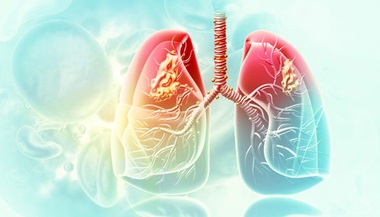Persistent Pulmonary Hypertension
What is persistent pulmonary hypertension?
In persistent pulmonary hypertension, also known as persistent fetal circulation, a newborn’s circulation reverts back to the circulation of a fetus, where much of the blood flow bypasses the lungs. It occurs most often in full-term babies after a difficult birth, or birth asphyxia.
Symptoms
- Baby appears ill at delivery or in first hours after birth
- Cyanosis, or blue coloring
- Rapid breathing and rapid heart rate
- Low blood oxygen levels
Diagnosis
Physical examination of the infant is sufficient for the health care provider to diagnose gastroschisis. The mother may have shown signs indicating excessive amniotic fluid, a condition called polyhydramnios. Prenatal ultrasonography often identifies gastroschisis.
Treatment
Treatments may include:
- Supplemental oxygen
- Placing an endotracheal tube into the baby's windpipe
- Mechanical breathing machine
- Medications to relax the baby's muscles so that he will better respond to the mechanical ventilator
- Inhalation of nitric oxide to help dilate the blood vessels in the lungs
- Extracorporeal membrane oxygenation (ECMO)




